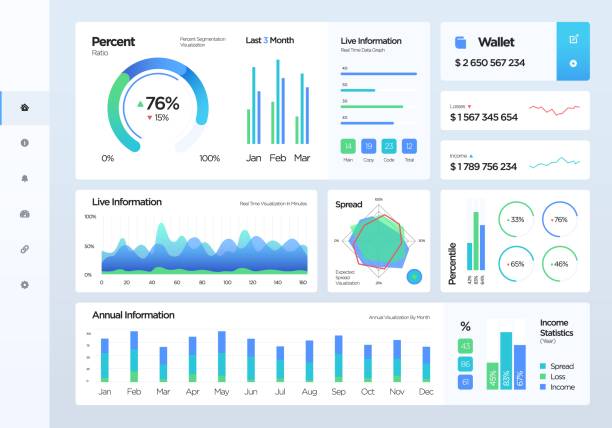Choosing the best structure for your business!
This post may contain affiliate links which means I receive a small commission at no cost to you when you make a purchase
A business structure is something that people don’t always put much thought into when starting out.
Companies are created unnecessarily or the wrong structure is chosen and it really doesn’t provide the protection that is required. How your business is structured is important and can save you money or cost you more.
I have had clients start businesses as partnerships and six-months later need to change to a company structure due to finance requirements. This results in higher accounting costs as partnership accounts need to be completed for the first six-month period and the company’s accounts and tax returns will also need to be completed for the last six-months of the financial year. Both accounts include extra work for disposing of assets in the partnership and entering into the company, closing GST, documents to cease the partnership, and fees for setting up the company.
Business Structures
There are a few different structures that can be used for business. The three most popular of these are sole traders, partnerships & companies which are listed below.
Sole traders
A sole trader structure is used to start a business or contracting without registering as a company. It is the easiest and cheapest structure to start and appeals to contractors. Many small business owners begin as sole traders.
Advantages Include:
- Low start-up costs
- You receive all the profits and control the business
- Can offset losses against other personal income.
Disadvantages Include:
- Unlimited Liability – liable for all debts
- It’s tougher to grow a sole trader business
- Harder to sell as a going concern business
- Financing can be harder to access
You can change this type of structure if you want by registering as a company if it’s hard to get financing as a sole trader.
Tax will need to be paid on all income that is earned as a sole trader and expenses can be claimed against the income. At the end of the financial year an IR3 tax return must be completed and filed with IRD.
Partnerships
A partnership is a formal agreement between two or more people through a partnership agreement that sets out how profits, debts and work will be shared.
Partnerships are a popular structure with professionals, eg architects, lawyers and accountants.
Advantages include:
- The running of the business can be shared
- Costs are shared between partners
- Partners can focus on their strengths and specialties
- There are other people to talk to about the business
- Partners can invest more capital into the business
- Losses can be offset against other income of the partners
Disadvantages include:
- Unlimited liability for all partnership debts
All partnership income is distributed between the partners who pay income tax on their share at their personal tax rates. The partnership must complete a tax return and all partners also need to complete individual tax returns and file them with IRD.
Companies
A company is a separate legal entity from the directors and shareholders who own it. Doing business as a company can be more complicated as there is more regulation than other business structures, eg:
- An annual return needs to be filed with the companies office and a tax return with IRD
- Company director and shareholder details are available publicly through the companies office
Advantages Include:
- Limited liability for shareholders
- Company profits are taxed at 28% which is lower than the top personal tax rates
- Allows for better succession as it is easier to sell because it is a separate entity
- The business can grow indefinitely as it’s not tied to one person and shares can be transferred
- Provides more credibility
- Easier to access funding
- Trading name protection
Disadvantages include:
- More regulation than for partnerships & sole traders
- Companies tend to require more investment to grow
- There are more responsibilities that directors need to be aware of.
A company can distribute profits to shareholders through salaries to working shareholders or the profits can be taxed in the company and distributed at a later date to shareholders through dividends. If expenses are higher than the business’s income, it will make a loss and may not have to pay tax.
All structures allow you to hire staff to help run your business. If you hire staff the entity (sole, trader, company or partnership) needs to register as an employer with Inland Revenue and meet a number of obligations.
Hopefully, this makes you pause and think about what is the best structure for your business before starting. If you are unsure what is best an accountant or business advisor can help with the best structure for you.
The business.govt.nz website has a lot of helpful information and also a tool to help you choose the right structure for your business.








